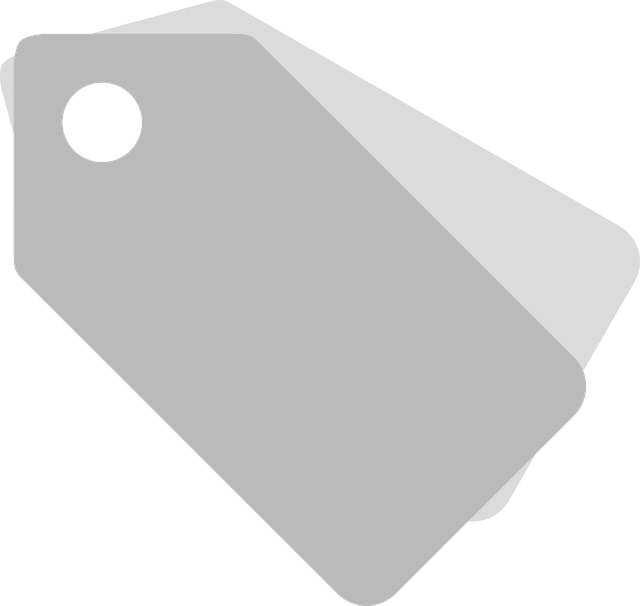Looking for effective Bradford Skin Tag Removal solutions? This text offers a comprehensive guide to addressing stubborn skin tags promptly. Discover professional tips and consider innovative methods to revolutionize your skincare routine, eliminating pesky skin tags once and for all.
- Understanding Bradford Skin Tag Removal: What to Expect
- – Definition and overview of skin tags
- – Prevalence and causes of skin tags
Understanding Bradford Skin Tag Removal: What to Expect
Bradford Skin Tag Removal: What to Expect
When considering Bradford skin tag removal, understanding the process and what to expect is crucial. This non-invasive procedure typically involves using specialized tools or surgical techniques to remove skin tags from various body parts. The method employed may vary based on factors like the size, location, and number of tags. Generally, local anesthesia is applied to numb the area before removal, ensuring minimal discomfort during the procedure.
After removal, it’s important to take care of the treated skin to prevent infection and promote healing. Your healthcare provider will offer post-procedure instructions, which may include keeping the area clean and using recommended topical treatments. The overall experience should be relatively quick, and many people find relief from the nuisance of skin tags after treatment.
– Definition and overview of skin tags
Skin tags are small, soft skin growths that typically appear in areas where skin rubs against itself, such as the neck, armpits, or groin. They are generally harmless and often go unnoticed, but some people may find them unsightly or uncomfortable. Often flesh-coloured or slightly darker, these tags can vary in size from a few millimetres to half a centimetre. In Bradford Skin Tag Removal services have become increasingly popular as people seek to address these minor skin concerns. These removal methods range from simple surgical excision to specialized laser treatments, each with its own cost implications.
– Prevalence and causes of skin tags
Skin tags, also known as acrochordons, are a common skin condition characterized by small, soft, flesh-colored or dark growths that hang from the surface of the skin. They typically appear in areas where skin rubs against itself, such as the neck, armpits, groin, and hands. While they are generally harmless, many people choose to have them removed for aesthetic reasons or due to discomfort caused by their location.
The prevalence of skin tags varies across demographics, but they are particularly common among individuals over 60 years old. They can also affect children, with some studies suggesting that up to 45% of infants and young children may develop them. Causes include genetics, hormonal changes, obesity, pregnancy, and friction or irritation of the skin. In some cases, specific conditions like insulin resistance or type 2 diabetes have been linked to an increased incidence of skin tags. For instance, a Bradford Skin Tag Removal clinic might note that individuals with these medical conditions often require more frequent removal due to the higher likelihood of developing tags in certain areas.
